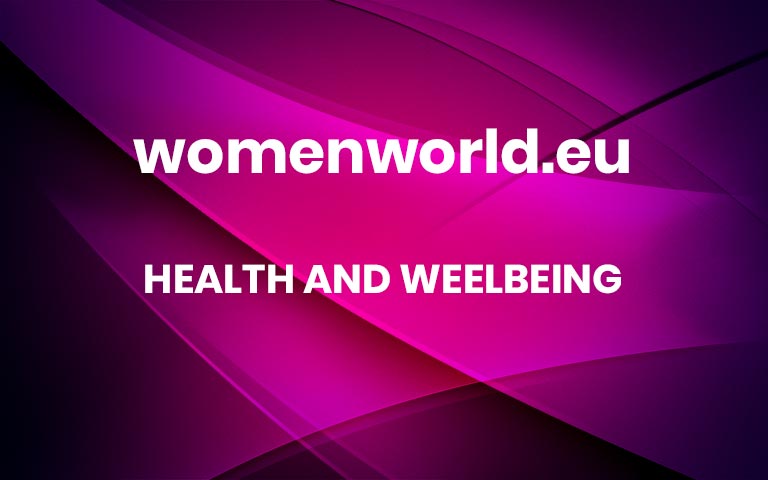What Your Resolution Should Be This Year, Based on Your Enneagram
‘Tis the season for resolutions! Some of us love a new, clean slate of goals (@eights), while others look at them as an unwinnable chore (ahem, four), but there’s no denying that having something to look forward to this year is a great way to start it. The key to a New Year’s resolution you can keep is keeping your goals attainable. And what better way than making sure it aligns with your personality already? Your enneagram type is a quick snapshot of you, so we’re helping you pick one goal you might not have thought of yet (or it’s already top of mind!) that you can work toward this year.
Start a meditation practice
Ones have resolutions lists filled to the brim, but they’re likely forgetting to add self-care at all. Ones could benefit from the calm and clarity of meditation, and developing a whole practice around it is the kind of routine and order type ones find so much joy in.
READ: Think Meditation Isn’t for You? Here’s What to Try Instead…
Create a cleaning routine
After the dumpster fire that was 2020, twos are looking to get organized to take on any new challenges that 2021 throws their way. Create a cleaning routine you can follow daily, weekly, monthly, bi-annually, and annually will give you the flexibility to clean as you go instead of doing big clean-outs every few months (you know, before company comes over). Plus, twos will love putting their new routine in their planner, on the fridge, in a notebook, or anywhere they can access it.
READ: 7 Areas to Clean and Purge for The New Year
Develop a new meaningful connection
Threes have an abundance of lofty goals for their career, health and fitness, mental well-being, and more, but they likely haven’t turned their attention toward relationships just yet. It can feel daunting to think about creating all of these new relationships and making new friends, but adjusting the goal to something tangible, like meeting one new person, is something anyone can accomplish (especially a goal-getting type three!).
READ: 10 Career Connections You Need to Make By the Time You’re 30
Take on a special project
Fours love to get into their own little world and create; the mundane parts of a task bore them to tears. They love to get started on many new projects, even when they don’t have time for it. Make it a point to take on one really special project this year that you devote a lot of time to. You’ll feel so accomplished in the end, and all of those late nights creating something will be your epitome of joy.
READ: 100 Projects Our Readers Are Doing in Isolation
Start investing
Ringing in a new year for a five is all about preparing and getting ready for the year—because we all know a five likes to have all the information before they make their way into a project. This year, take your financial goals to the next level by making a point to start investing. Whether you’re already a pro and are brushing up on your financial literacy and trying something new or starting from scratch, this task will likely involve a lot of reading—which the Rory Gilmores of the enneagram will certainly appreciate.
READ: The App That Will Help You Finally Master Your Personal Finances
Take up a new hobby
Sixes are called “The Loyalist” for a reason: they’re committed and stick to the things they love, which can make it hard for them to bust out of a comfort zone or try something new. We’re about to spend a little more time at home in 2021, so now more than ever is the time to learn a new skill and really delve deep into it. In typical six fashion, you won’t stop until you’ve mastered it.
READ: 21 Hobbies You Can Start at Home—Today
Read more books in different genres than your usual
Hopping into a whole new world through a book? The exact vibe of a seven. They love anything with adventure or a thrill (even when that “thrill” comes from a solid hate-to-love romance trope). However, make a point to step out of your usual box this year and try some new genres, like nonfiction, contemporary fiction, and sci-fi.
READ: I Read Nearly 150 Books in 2020—Here Are 10 I Recommend
Create a morning routine
Eights are pretty typically night owls, so mornings don’t look as blissful as they’d like. However, they need those free hours in the morning; getting straight into a day’s full of work is draining. Try a few different morning routines—whether they include meditation, journaling, working out, meal prepping, or reading a book in bed—and see which sticks.
READ: 12 Morning Routine Hacks for a Calmer Day
Try a weekly social media detox
The people-pleasing nature of a nine loves to scroll through their feeds and double-tap every single thing their friends and family have been up to, but after a while, this can do the opposite effect of making you feel joyful. Make it a point to try a weekly social media detox. You don’t have to delete every social account you love, just remove the apps one day a week or use the screen time limiter function on your phone. Our editor tried this, and it changed her entire relationship with her phone!
READ: 7 Things to Do At Night Besides Stare At Your Phone More


